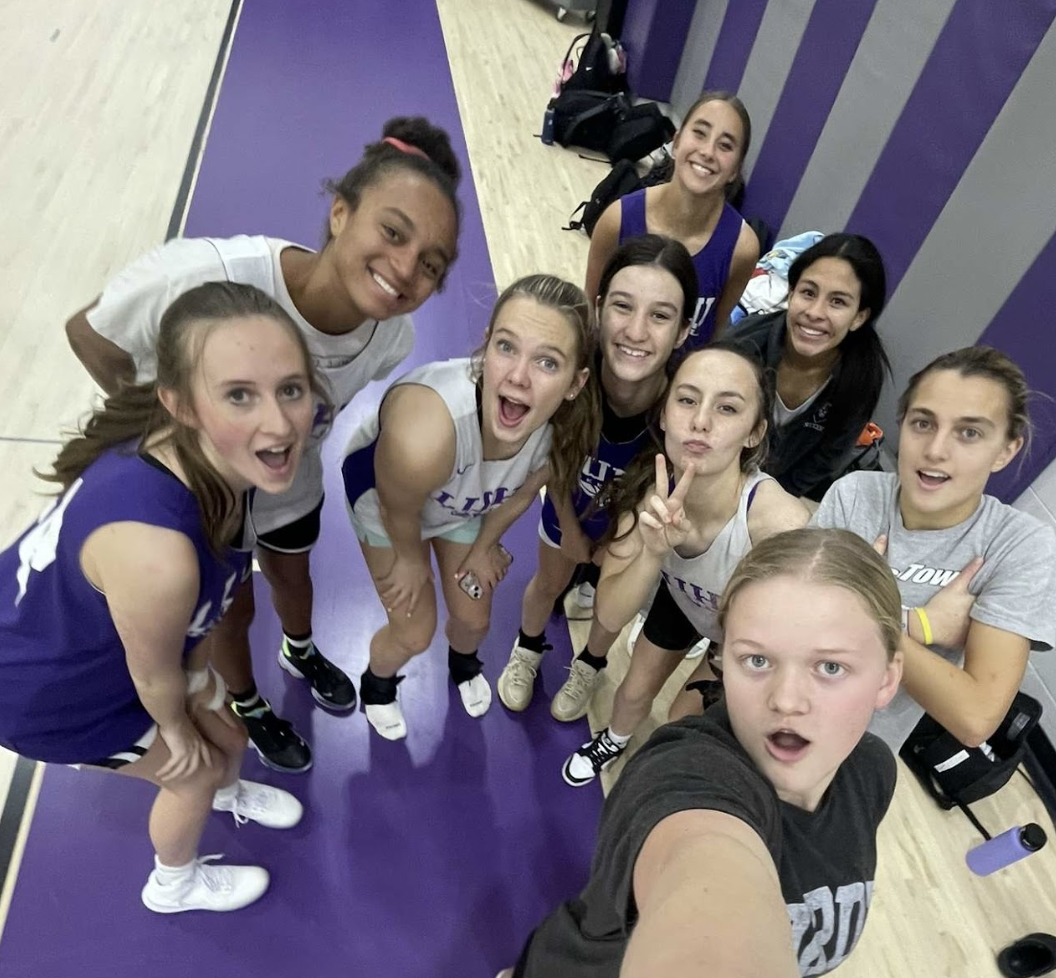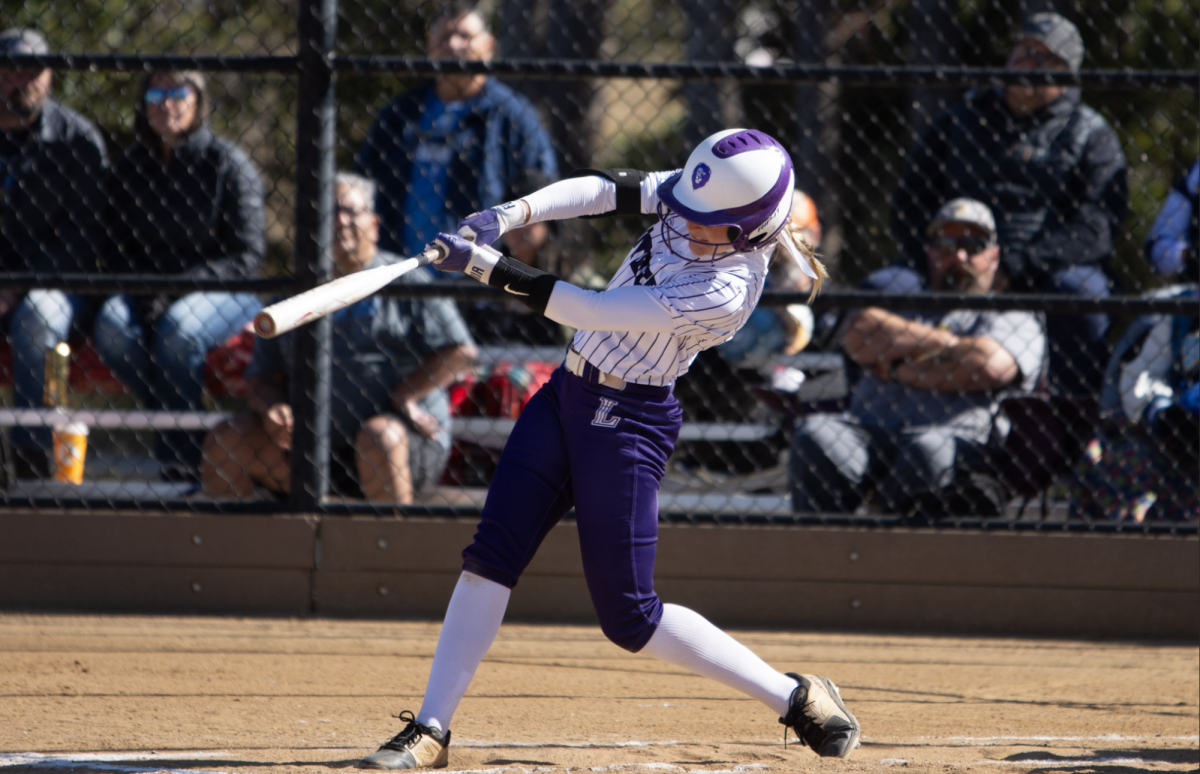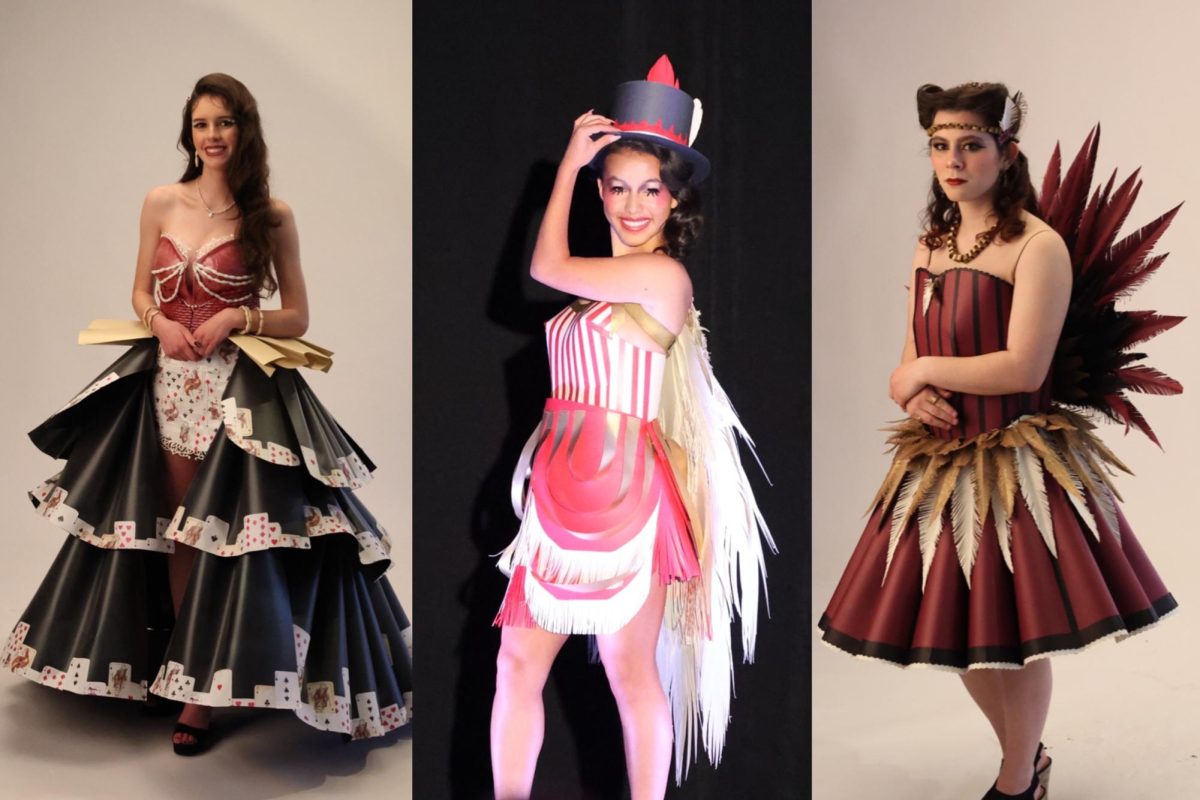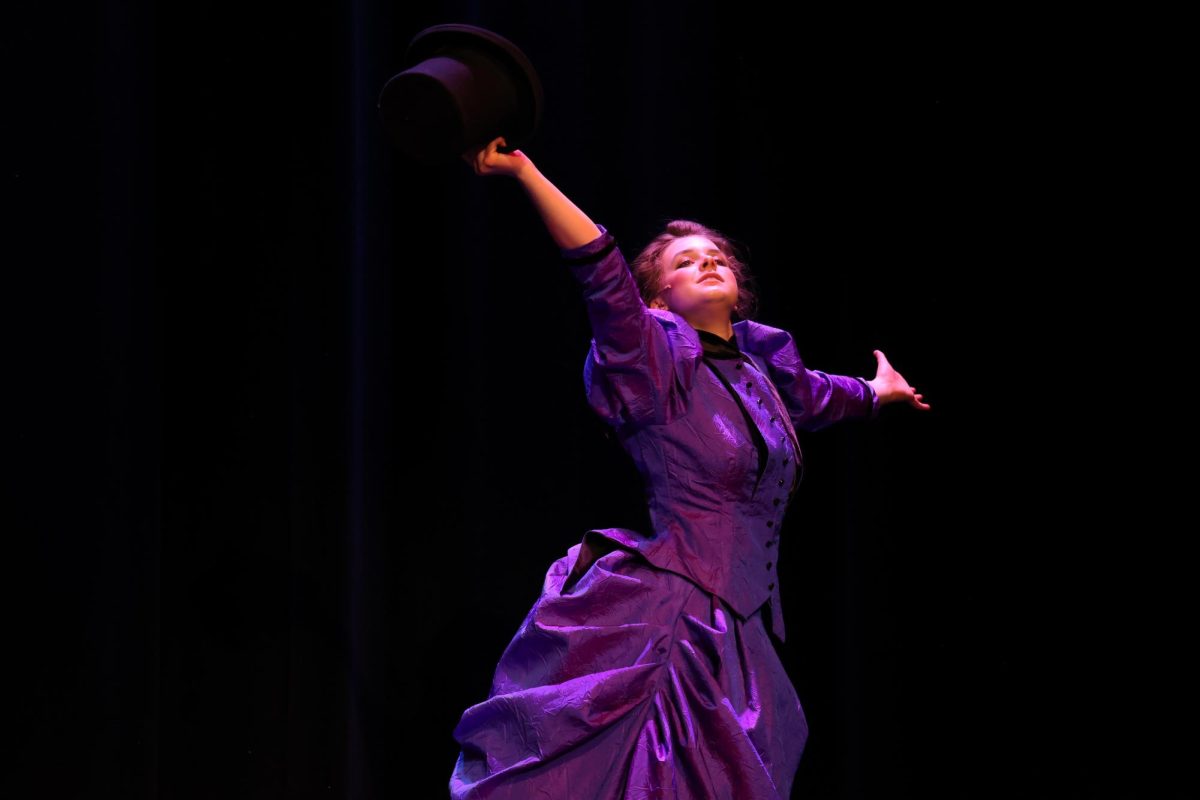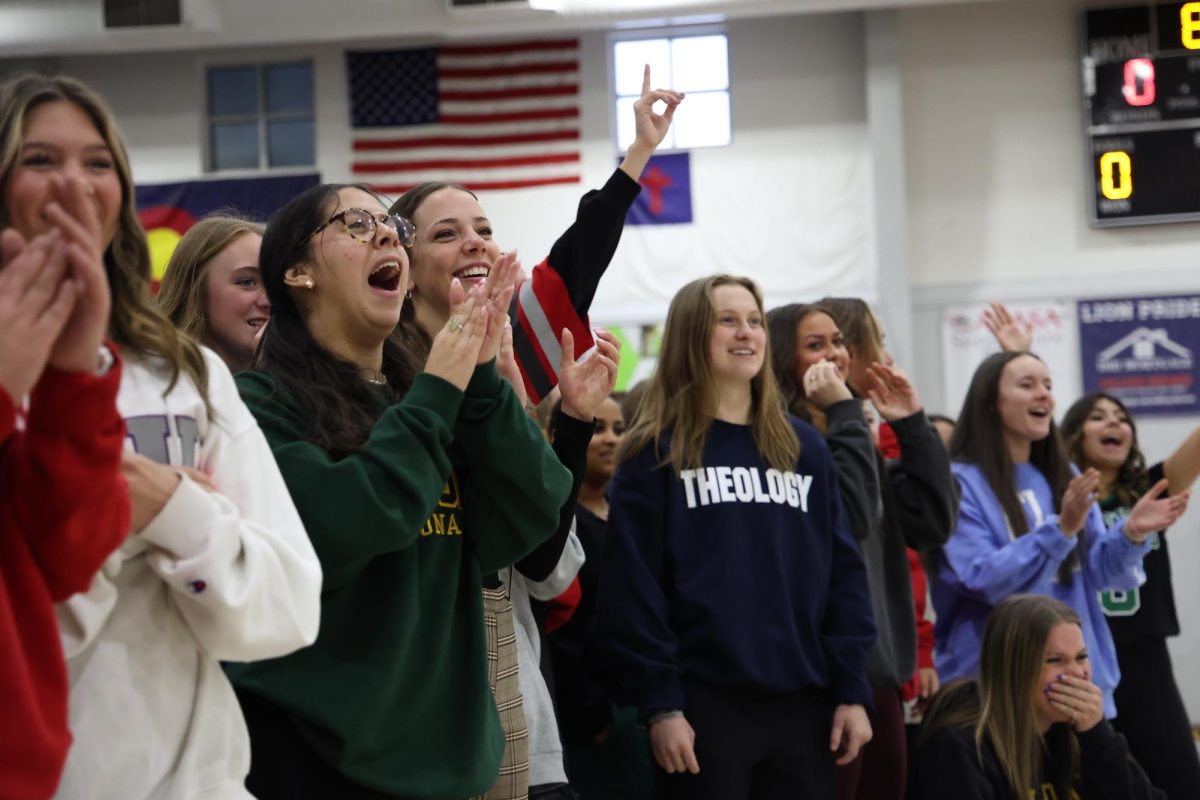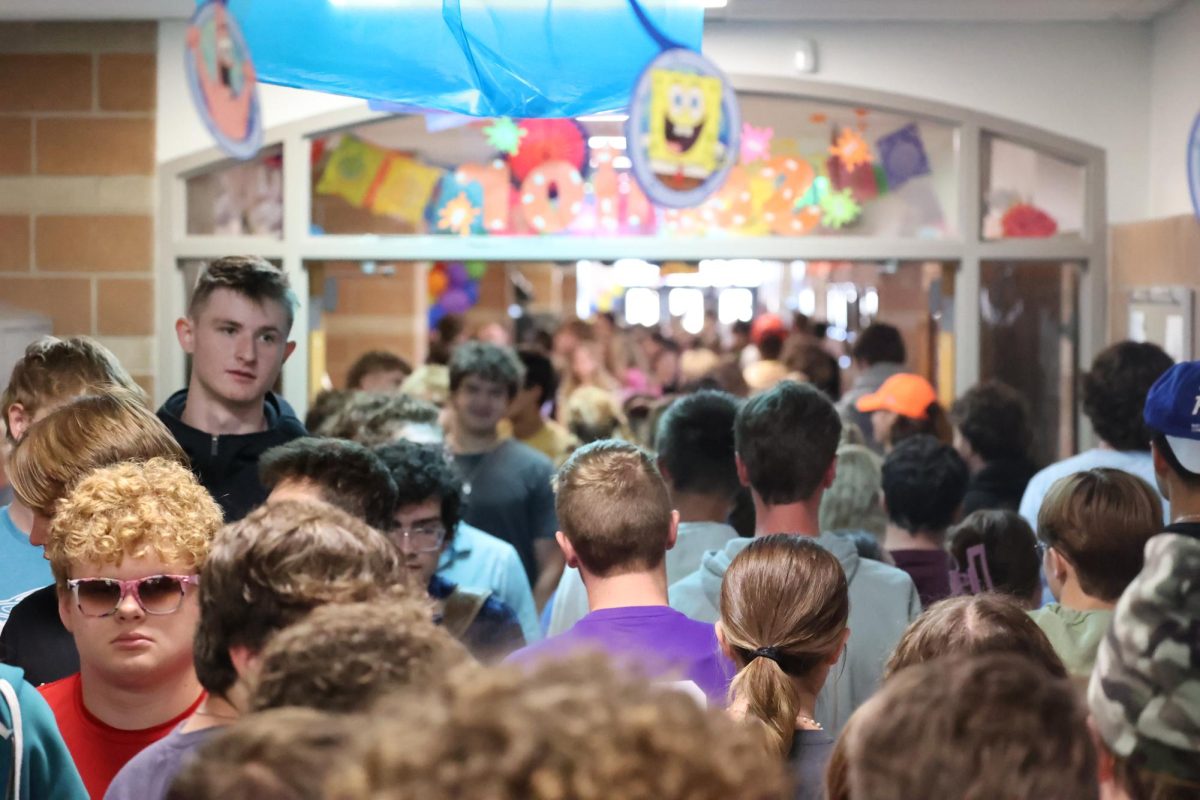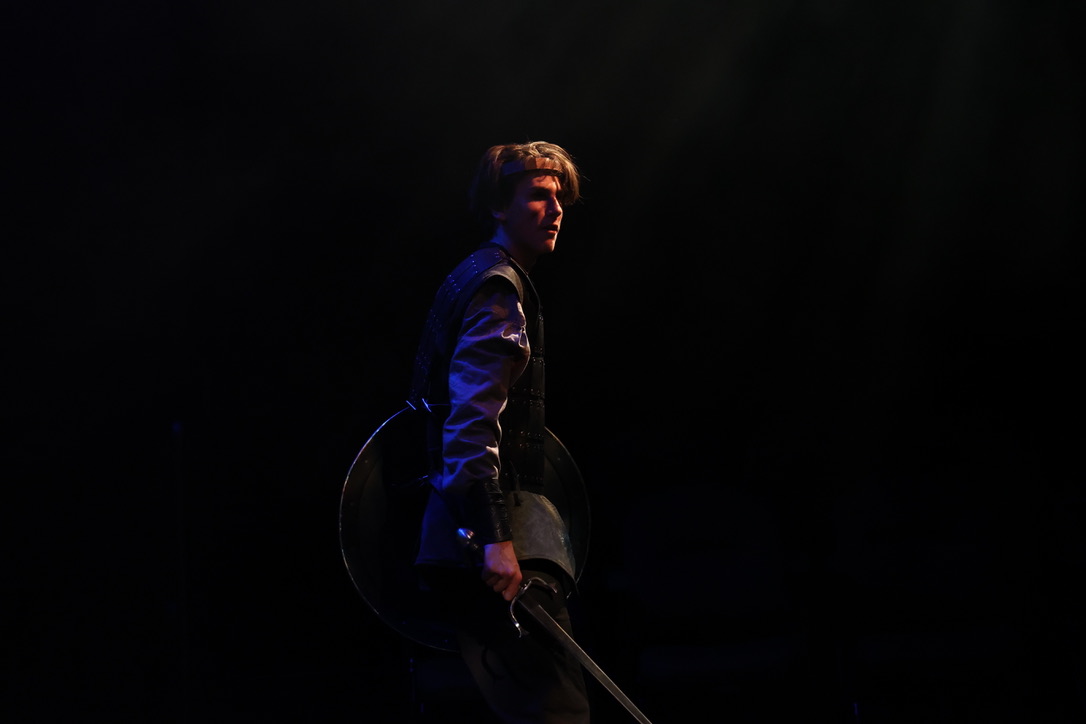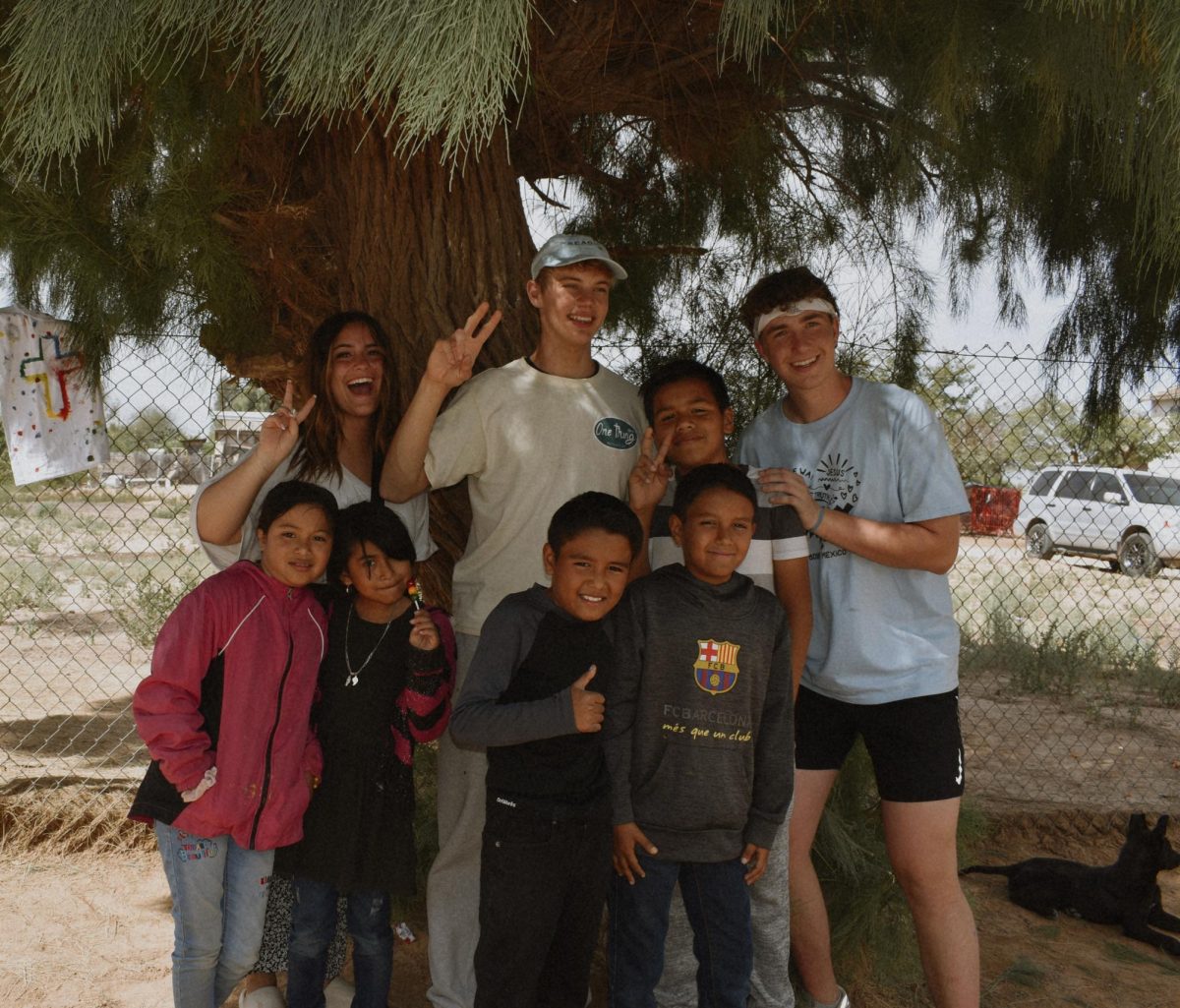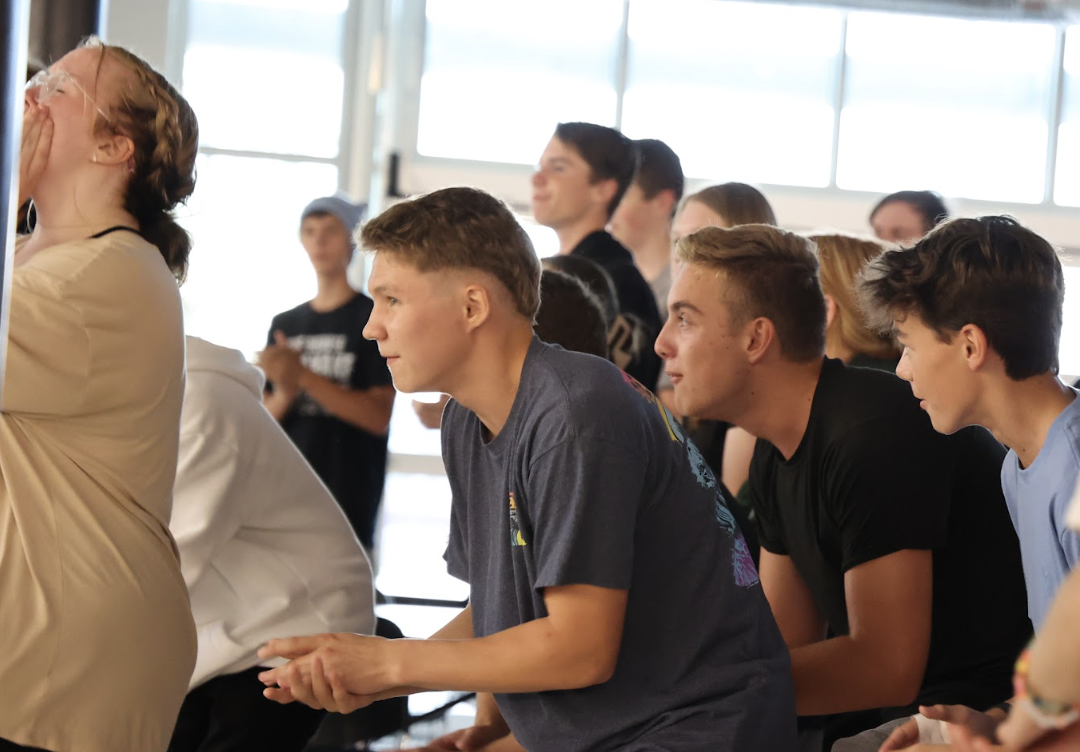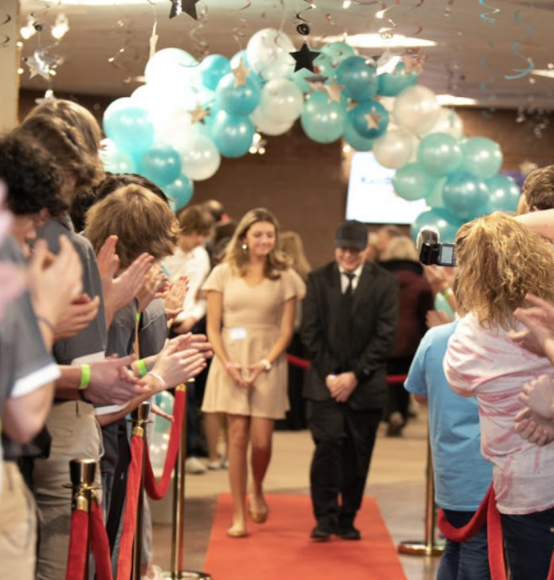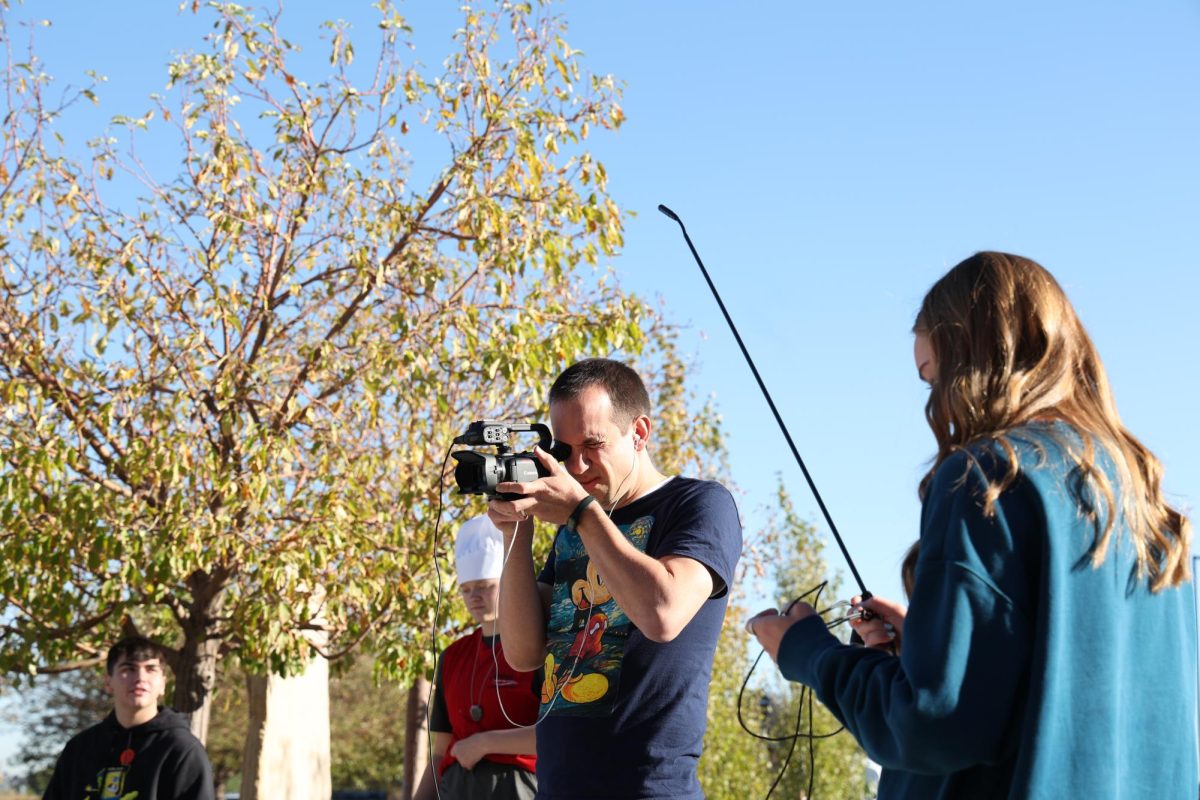Cycles in Fashion: 50 Years Since the ‘70s
April 7, 2023
The 1970s were a decade of creativity and self-expression. All sorts of things make the era instantly recognizable on TV, including the brightly colored wallpapers and appliances (oh my goodness, the appliances!), the large hairstyles, the hippy tye-dye with floral patterns, the bell bottoms, the afros, and the clothing designs. Of these different mediums, clothing, and fashions is one of the most unique and iconic styles of the ‘70s. aAnd as is common in the world of style, trends cycle and repeat throughout time. So let’s take a look at some of those totally groovy fashions, man!
Hippies. As the best known or the first to come to mind, the free-spirited attitude of hippies during this decade was seen in both their actions and their dress. Baggy clothing was popular among them, because they took a casual approach to just about everything. Their casual vibes were responsible for many of the stereotypes which surround hippies, as well as their political views. As the last 60 years of fashion have shown, casual dress is what’s comfortable, usually baggy. While the large bell-bottoms have mostly stayed in the past (they’re just beginning to come back), the ‘80s and ‘90s held on to baggy dress. This went out of style in the early 2000s, as skinny jeans hit the mass market, despite being impossible to get into or climb stairs in! But in the last seven or so years, skinny jeans have been fading as sweatpants and hoodies are taking over, becoming a staple of any teenager’s closet. Now, the average teenage wardrobe features bright colors and even some tye-dye prints w. While the daisy chains in the hair have yet to be revived, hippies tended to use makeup that emphasized “natural beauty” or had a “nude” look rather than makeup with flashy colors. This trend tends to stay popular for 10 years, then fades out for just as long. Additionally, female hippie styles made widespread use of bohemian dresses, which are almost identical to today’s peasant tops. When it comes to baggy designs, the hippies of the late ‘60s and ‘70s have influenced modern fashion to a much greater extent than we tend to think.
Next up on the list: clogs! What looks better at the end of bell-bottoms than a pair of clogs, right? They’re easy to slip in and out of, there are plenty of styles for both men and women, and they can be worn just about anywhere. For readers who don’t know what clogs are, they’re pretty much the ancestor of platform shoes, but they’re generally cuter. Traditionally, clogs were Dutch shoes with wooden soles that were popular for dancing because of the unique sound they make. They became incredibly fashionable in the 1970s, and companies such as Dansko (don-sko) continue to produce clog-style shoes today. Perhaps a bigger sign of clogs’ impact on modern day fashion is that the utilitarian style from the era (a very niche group) utilized the relatively new material of plastic to create a much lighter clog: the croc. That’s right! Your neon crocs are pieces of historical fashion. The popularity of crocs depends mainly on where you live and how many friends you have (just kidding about that last one!), platform shoes, which also draw inspiration directly from clogs, have become increasingly trendy in a variety of styles and fashions.
There are several other fashion trends that deserve an honorable mention, including high-waisted jeans for women. Recently, these have become popular as women seek more comfortable jeans that also allow their midriff to appear higher up. Other honorable mentions are the fat neckties, which were roughly twice the width as modern day neckties. Collars on shirts have been getting slightly larger in the last 20 years, though they’re unlikely to return to the massive collar tips from the era. Seriously, look them up–they’re giant. Lastly, earth tones were incredibly popular in the ‘70s. They were found all over dresses, jackets, shirts, skirts, pants, ties, shoes, and any other worn article. Browns, oranges, reds, and yellows have returned in today’s fashion, though generally only on jackets, hoodies, and shirts (unless you’re between August and December, then they’re everywhere!). Looking back, it’s amazing how much influence the 1970’s had on modern day-fashion. From color palettes to fabrics to aesthetic designs, the past is more present than we think.







